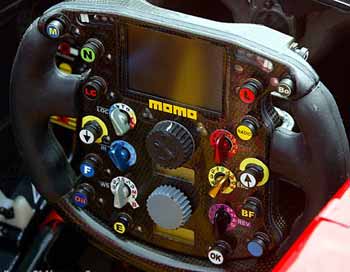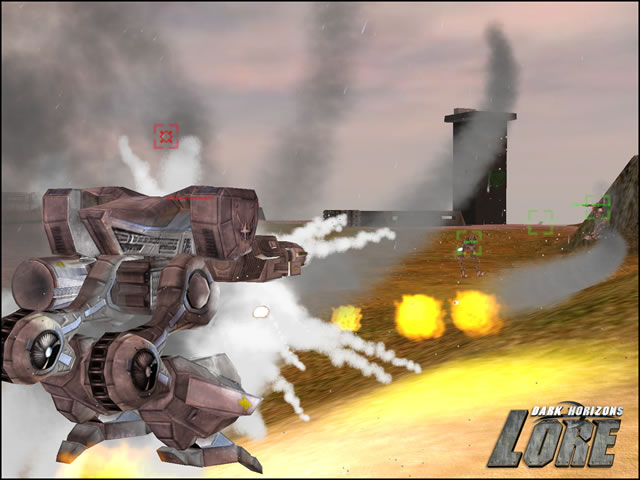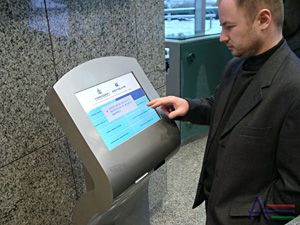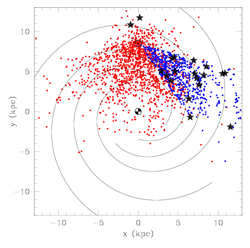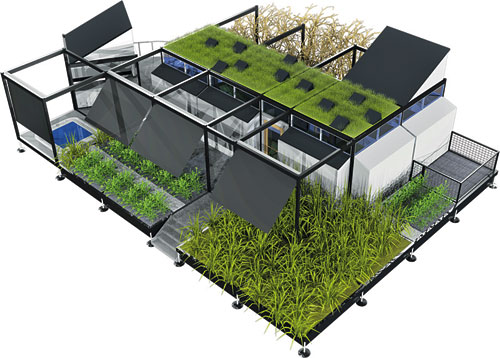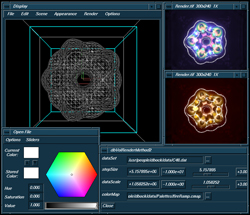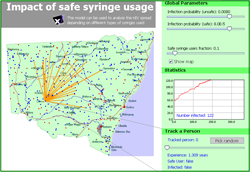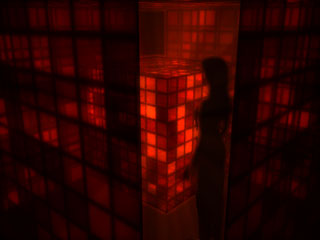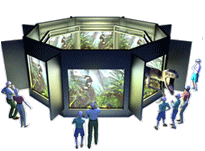FIT3084: Introduction
to Multimedia
In the previous lecture:
There was no previous
lecture (semester has just begun - remember?)
In this lecture:
- What is a medium?
- What is a message?
- What is meant by multimedia
and what is it good for?
What is a medium?
 |
A medium is a substance (e.g. air / water) through which something (e.g. light / sound / information / a message from the dead) is conveyed.
med - middle, that which stands between.
Please note that media is the plural form of medium.
In the case of multimedia, we are concerned with combining multiple media into a set of stimuli that we offer to people to convey information or just for them to experience. |
Choosing suitable media.
| -- --- .-. ... . / -.-. --- -.. . / .. ... / . .- ... -.-- |
Can you interpret
Morse code?
|
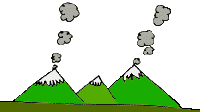 |
Can you interpret
smoke signals?
|
Some viewers...
- May be incapable of decoding a stimulus
Eg. I can't interpret smoke signals or Morse code.
- May be incapable of receiving a stimulus
Eg. Children can't detect sarcasm, many people are colour-blind, some are totally blind, some are tone-deaf, some are totally deaf.
- May be incapable of responding in certain ways.
Eg. Inhibited adults may not show enthusiasm.
 |
People, being people, will respond to some stimuli in very similar ways.
Just ask Shakespeare... his plays retain their relevance across
(many) cultures and times
However, background details may vary between people resulting in different
perceived messages.
Ask any Shakespearean scholar... opinions on Shakespeare's plays
vary widely |
Some media...
- May be unsuited for encoding a stimulus
Eg. It is difficult to express the sound of your mother's voice using architecture
- May be difficult (or impossible) to employ in certain conditions
Eg. It is difficult to recite a poem to your lover during FIT3084 lectures (but easy to pass them a note)
Traditional media for conveying messages
Media |
Sample applications for traditional media |
Sample applications for digital media |
typography |
newspapers, books, magazines, signs |
web pages, user interfaces |
prose, poetry |
spoken performances, newspapers, books |
for documentation, artworks |
photography, cinematography |
movies, art, advertising |
instruction manuals and animations, games |
drawing, sculpture, painting |
art, posters, toys |
graphing, 3D modelling, interface elements |
dance, mime, theatre |
art, instructional videos, comedy, television |
installation art, games |
music, speech |
performances, technical presentations |
interface elements, games, ipods, control systems |
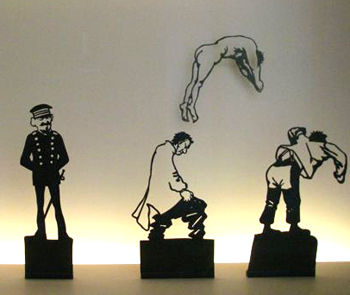 |
A production with shadow puppets projected onto a backdrop, music played by an orchestra, and speaking or singing actors is a multimedia production — multimedia doesn't require any digital technology!
Dynamic media are media that change (as opposed to static media that remain fixed).
Interactive media are media that permit humans to alter the way they change. |
Note: The term multimedia is out of fashion! Instead, words such as interactive media, digital media, electronic media and new media are all used to mean something similar. These terms are often used in creative domains to refer to art, museum installations and games. The term multimedia still sees some use in business, IT and marketing as a relic of the early 1990s.
What is this course all about?
This course examines the design and development of interactive media accessed using a World Wide Web (WWW) interface. However it does not look at Java applets, since this approach to multimedia programming is covered in other courses.
You will be expected to understand the design principles of interactive multimedia software in many different contexts, not just the WWW.
You will be expected to be a competent programmer who can implement a design for multimedia software that you have developed.
To do well in this course you will have to:
- Attend lectures and understand the lecture material (2 hours per week)
- Attend the consultation sessions when you need to ask questions (optional 1 hour per week)
- Complete the assignment and peer assessment work and study at home or in the library (8 hours per week)
- Complete the examination (3 hours at the end of semester)
With some luck, hard work and a little bit of help from your friendly lecturer... this course will be challenging and rewarding. It may even be great fun! |
Techniques learned for traditional media...
- storytelling
- photography
- cinematography
- graphic design
|
- painting
- architecture
- music
- and others
|
...may be modified for application to digital multimedia production...
|
|
Control panels and displays
|
|
|
|
|
|
|
2D graphing and drawing software
|
|
|
|
|
|
3D Scientific visualisation software
(Image © David Bock)
|
|
|
|
|
|
|
|
|
|
...and a huge variety of more "everyday" items. |
Which traditional techniques are least relevant to
digital multimedia?
*Hint: Consider the lack of tactile interaction
with computer-based multimedia.
(With modern hardware, such barriers will eventually be broken)
Strong points of digital multimedia presentation.
- Individual user control (or group control) of presentation to:
- Proceed at a user's own pace
- Investigate a user's own interests
- Present at a convenient time and place
- Multiple users may interact as individuals, each with their own input (eg.
network games, collaborative design)
Weak points of digital multimedia presentation
Compare the following...
- Lack of complexity:
- Conversation with
ELIZA (online
version) - do a little research and find out how this works.
- Conversation with
your lecturer
- Playing Halo
- Playing Paint Ball
- Limits on media fidelity / reproduction:
- IMAX
presentation
- 320 x 240 pixel Quicktime
movie
- Orchestral concert
performance, death metal concert, jazz gig, dance party
- Playback of MP3
files through a computer speaker or ipod headphones
- Lack of tactile interaction:
- Putting your hand
in mud
- Putting the cursor
over an image of mud
A common flaw.
Have you ever visited a web site or tried to use some new software and felt %$#@&!, confused, frustrated, lost, bewildered, disappointed, annoyed, puzzled,
overcome, impatient?
By the end of this course you will be able to:
- Design software and websites that avoid this pitfall (hence, the unit assignments).
- Identify problems in other people's software and websites (hence the unit peer assessment tasks).
|
When should multimedia be employed?
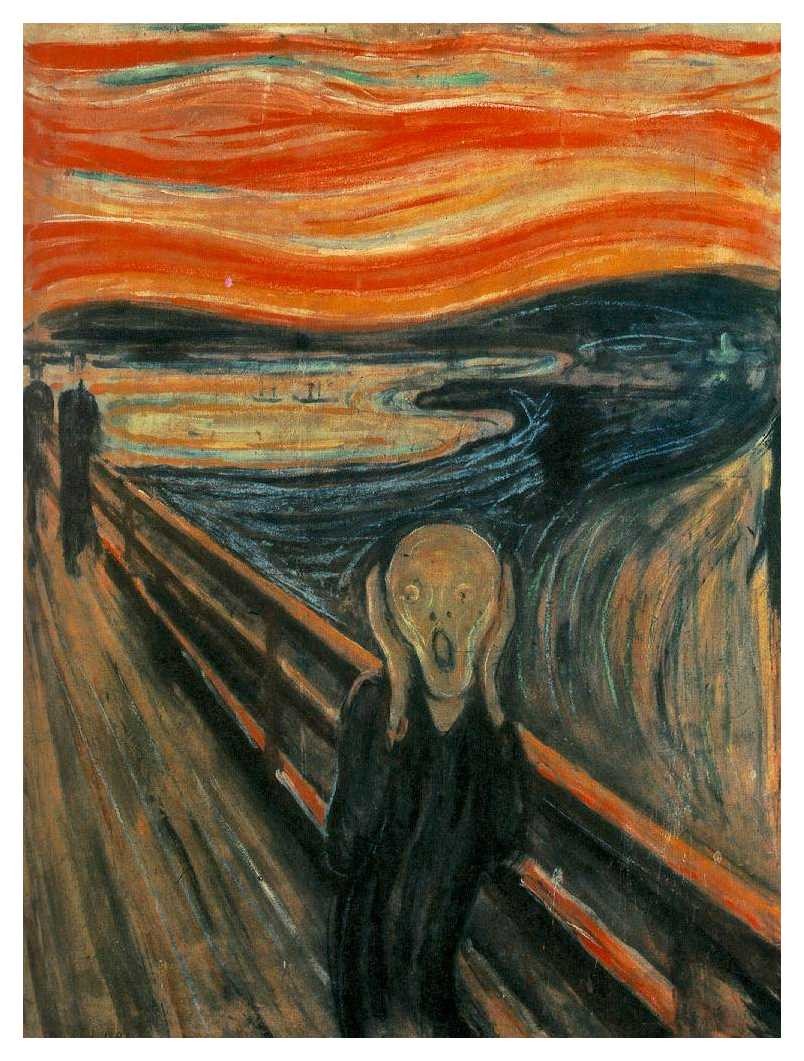 |
Munch did not need to add sound to his most famous painting, "The
Scream" (1893) - even the title is redundant.
"I was out walking with two friends - the sun began
to set - suddenly the sky turned blood-red - I paused, feeling exhausted,
and leaned on a fence - there was blood and tongues of fire above the
blue-black fjord and the city - my friends walked on, and there I still
stood, trembling with fear - and I sensed an endless scream passing
through Nature." (Munch, diary 1892)
|
Multimedia is no substitute for skillful manipulation of a single medium. The combination of multiple media requires a thorough understanding of each of them and an understading of their combined impact
....and that is what the remainder of this course is all about!
This lecture's key point(s):
- A medium is
a material through which something else may be conveyed.
- Multimedia refers
to the combination of multiple media, lately it refers to interactive digital media.
- Skill in using digital media has a broad range of applications to modern design.
- Digital media require a thorough understanding of the combination of traditional media.
Courseware | Lecture notes
©Copyright
Alan Dorin 2009




